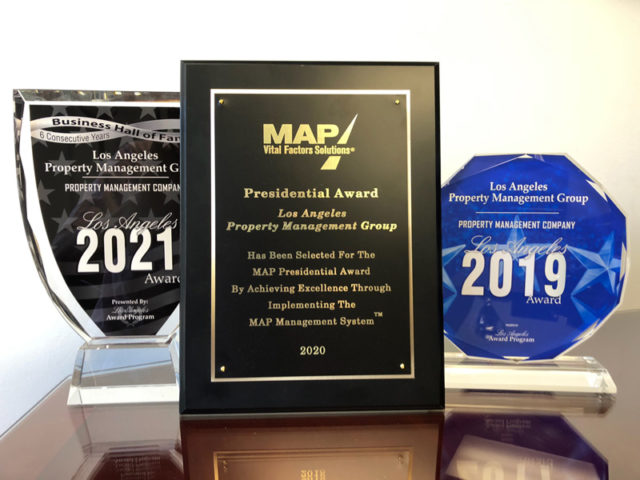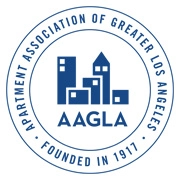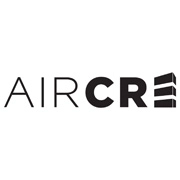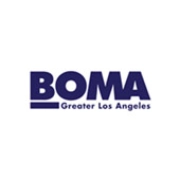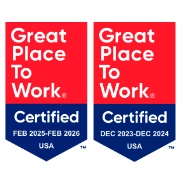Risk Management Strategies: Mitigating Hazards in Commercial Properties
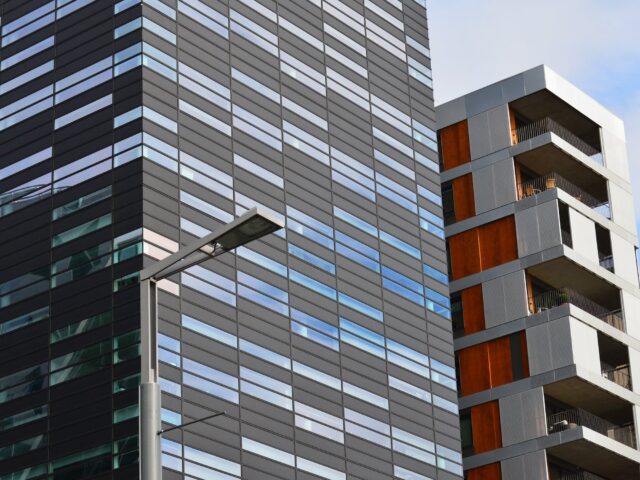
In business, keeping commercial properties safe and well-maintained is crucial. Mitigating hazards in commercial properties is about identifying and minimizing risks that could harm people, assets, or the environment. From structural concerns to potential emergencies, every aspect demands attention.
This guide offers insights on recognizing hazards, implementing safety measures, and leveraging technology for proactive risk management. Property owners can create safer spaces for everyone involved by understanding and addressing potential dangers.
Introduction to Risk Management in Commercial Properties
Risk management in commercial properties is primarily proactive. It involves identifying, assessing, and mitigating potential dangers to ensure a safe environment for businesses, employees, and visitors. So, proactive risk management means taking steps to foresee and prevent hazards before they occur rather than just reacting afterward.
Various hazards can pose risks in commercial properties, such as:
- Structural issues like faulty wiring or unstable foundations
- Environmental concerns like fire or water damage
- Security threats such as theft or unauthorized access
The same, of course, applies to rental properties. Such hazards can emerge throughout a tenant’s stay, jeopardizing their safety. In fact, Good Neighbors Moving Company Los Angeles finds that more tenants are scrutinizing properties for such hazards before moving in. As such, risk management is often a prudent approach in this regard as well.
Property owners and managers can devise strategies to address and minimize these risks by comprehensively understanding these common hazards. In doing so, they can safeguard the property, assets, and people within it. In addition, robust risk management practices protect against potential financial losses and reputational damage, making proactive risk management essential.
Identifying Potential Hazards
Understandably, mitigating hazards in commercial properties begins with identification. Identifying potential hazards starts with thorough risk assessments, examining every aspect of the property for potential risks. This involves recognizing various types of hazards that could endanger the property or its occupants.
Physical hazards encompass structural concerns like slippery floors or uneven surfaces. Environmental hazards involve fire hazards, water leaks, or poor ventilation. Lastly, security hazards include unauthorized access or inadequate surveillance. Regular inspections and audits are pivotal in this process, ensuring that potential risks are continuously evaluated and addressed.
Property owners and managers can stay ahead of potential risks by conducting assessments and staying vigilant through inspections and audits. In doing so, they can implement proactive measures, creating a safer and more secure environment for everyone involved. In turn, this allows their commercial or rental property to stand out in a competitive market.
Mitigating Hazards in Commercial Properties: Key Strategies
Approaching proactive risk management strategies relies on two key pillars – namely, safety protocols and procedures and structural and environmental safety measures.
Implementing Safety Protocols and Procedures
First, implementing safety protocols and procedures involves creating detailed emergency response plans, outlining steps to be taken during various crises. Training employees on safety measures is essential, ensuring they understand protocols for emergencies like fires, accidents, or natural disasters.
Additionally, compliance with safety regulations is crucial to maintain a safe working environment. Emergency response plans should include evacuation routes, assembly points, and clear instructions for different scenarios. Regular drills also help employees become familiar with these procedures, fostering a culture of preparedness. Training sessions cover using safety equipment, understanding warning signs, and reporting potential hazards promptly. Compliance with safety regulations, including building codes and occupational safety standards, is essential to mitigate risks and avoid legal repercussions.
Structural and Environmental Safety Measures
Second, ensuring structural and environmental safety involves consistent maintenance of building structures to prevent potential hazards. Regular inspections and repairs for structural integrity, such as fixing loose wiring or unstable flooring, are essential to avoid accidents.
Implementing measures to prevent environmental hazards, like installing fire suppression systems or waterproofing, helps mitigate fire and water damage risks. Additionally, investing in proper ventilation and air quality control systems enhances occupant health and safety. Adequate ventilation prevents the buildup of harmful substances. In contrast, quality air control systems filter pollutants, maintaining a healthy indoor environment. Regular checks and maintenance of these systems are crucial to ensure their functionality.
Technology and Tools for Risk Mitigation
Thankfully, mitigating hazards in commercial properties can only become easier through technology. Smart technology plays a pivotal role in hazard detection by using sensors to identify potential dangers like gas leaks or temperature anomalies, allowing quick responses. Implementing surveillance and monitoring systems also enhances security, deterring potential threats and enabling timely interventions. Integrating data-driven tools also aids in risk assessment and mitigation by analyzing patterns, identifying trends, and predicting potential hazards based on gathered data.
These tools empower property owners and property managers to make informed decisions, allocate resources effectively, and take preventive actions. Through them, property owners can significantly enhance their risk management strategies, ensuring a safer environment for everyone involved.
Reviewing and Updating Risk Management Strategies
Finally, regularly reviewing and updating risk management strategies is critical for maintaining a safe environment. Continuous evaluation and adaptation allow property owners and managers to stay ahead of potential risks by identifying new hazards or recognizing changes in existing ones.
Incorporating feedback and lessons learned from incidents or near-misses helps refine existing strategies and implement improvements. Additionally, staying updated with changing risks and regulations is vital. As new risks emerge or regulations evolve, strategies need adjustments to mitigate these changes effectively. Periodic reviews of safety protocols and regular training sessions for employees ensure everyone is equipped to handle potential risks.
By embracing a proactive approach to review and update risk management strategies, commercial properties can adapt to dynamic environments. In turn, property owners can ensure ongoing protection for the property, its occupants, and assets.
Conclusion
In conclusion, mitigating hazards in commercial properties is an ongoing commitment essential for maintaining a safe and secure environment. Property owners and managers can create a protective framework that safeguards against various hazards by proactively identifying, assessing, and addressing potential risks. Ultimately, prioritizing these measures fosters a safer setting for businesses, employees, and visitors. At the same time, it mitigates potential financial losses and reputational damage. In brief, embracing a proactive stance toward risk mitigation is key to commercial properties’ sustained safety and well-being.

